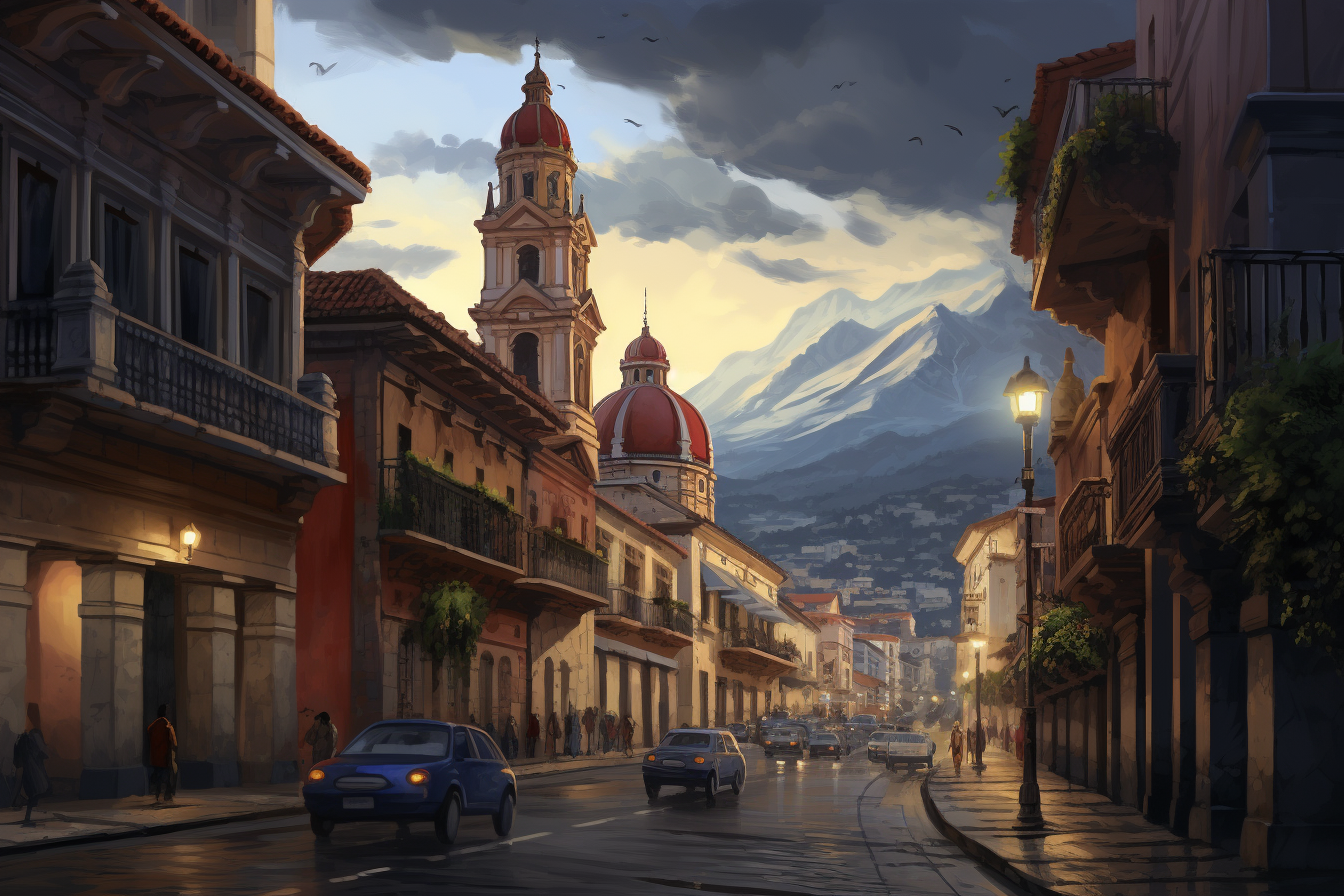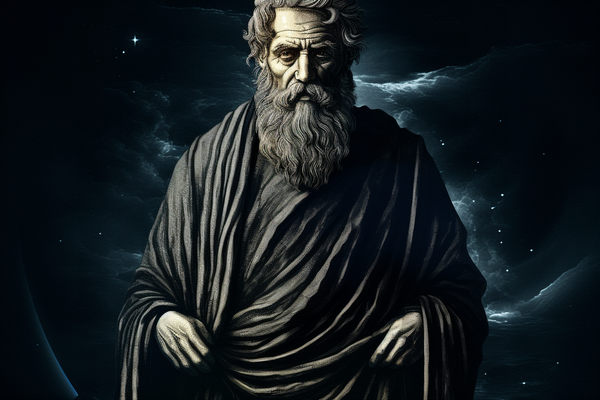A Timeline of Columbia
A broad timeline of Columbia

Pre-Columbian Civilisations (Before 1500 AD)
Before the arrival of the Spanish, the region now known as Colombia was home to various indigenous cultures, including the Tairona, Muisca, and Zenú. These societies had complex social structures, agricultural systems, and trade networks. They also produced intricate goldwork, which later attracted Spanish explorers.
Spanish Conquest (1500s - 1600s)
Spanish explorers, initially led by Alonso de Ojeda, arrived in the early 16th century. The indigenous peoples resisted the Spanish invasion but were ultimately subjugated due to superior weaponry and diseases brought by the Europeans. The Spanish established Bogotá in 1538, which became an important colonial centre.
Colonial Era (1600s - 1800s)
During the colonial period, Colombia was part of the Viceroyalty of Peru and later the Viceroyalty of New Granada. The economy was based on agriculture, mining, and the slave trade. The Spanish exploited the indigenous peoples and imported African slaves to work in mines and plantations.
Independence Movement (1810 - 1819)
Inspired by Enlightenment ideas and figures like Simón Bolívar, Colombia sought independence from Spanish rule. After a series of battles and campaigns, the Republic of Colombia was officially established in 1819.
Gran Colombia and Dissolution (1819 - 1831)
Initially, Colombia was part of Gran Colombia, a federation that included present-day Ecuador, Panama, and Venezuela. However, political and regional differences led to the dissolution of Gran Colombia, and Colombia became a separate nation.
Political Instability and Civil Wars (19th Century)
The 19th century was marked by political instability, with frequent changes in government and several civil wars. The country oscillated between conservative and liberal rule, each with its own vision for Colombia's development.
Coffee Boom and Economic Growth (20th Century)
The coffee industry became a cornerstone of Colombia's economy in the 20th century. This economic boom led to infrastructure development and increased foreign investment but also exacerbated social inequalities.
La Violencia and Civil Conflict (1948 - 1958)
A period known as "La Violencia" erupted after the assassination of Liberal leader Jorge Eliécer Gaitán. This led to a decade of intense civil conflict, resulting in hundreds of thousands of deaths and displaced persons.
Drug Cartels and Violence (1980s - 1990s)
The rise of drug cartels, particularly the Medellín and Cali cartels, led to widespread violence and corruption. The government, with international support, took significant steps to dismantle these cartels but at a high human cost.
Peace Process and Modern Era (2000s - Present)
In the 21st century, Colombia has made strides towards peace, particularly with the demobilisation of paramilitary groups and peace agreements with FARC rebels. Despite ongoing challenges, including human rights issues and social inequality, Colombia has seen significant economic growth and development.





